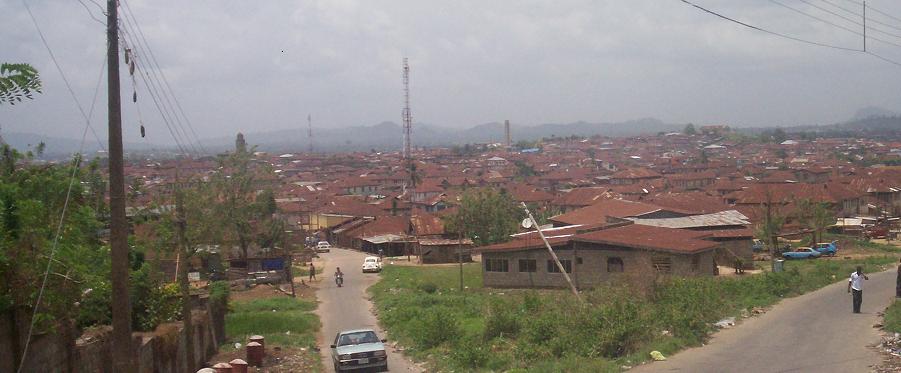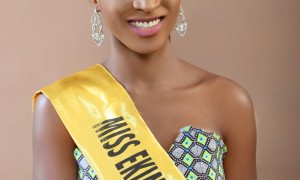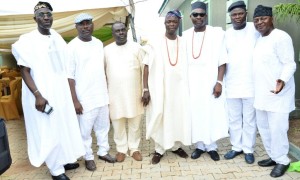HISTORY OF ONDO KINGDOM – Akinborewa Gbenga

According to oral forms Ondos had their history traced back to the Old Oyo Empire over 500 years. The progenitor of the Ondo kingdom is said to be Pupupu who happens to be the daughter of the Oba Oluaso of old Oyo Empire. According to history she was the first King in Ondo kingdom. She was exiled from the old Oyo because she was a twin and it was a taboo for twins to be born back in those days. With her mother Olu, and twin brother they passed through Ile Ife and they finally settled at Idi- Edo which was changed to Ode Ondo and finally now called Ondo. Pupupu who was a lady reigned as the first king of Ondo and she reigned until her old age before the son, Airo took over from her around 1528. He was sworn in during the Oramfe festival as the first male king in Ondo. Airo served as a good king that laid the foundation for the kingship structure in Ondo while the other son of Olu went to establish Ile Oluji, a town close to Ondo that shares almost the same dialect and culture with the Ondos.
However, before Pupupu and family came to Ondo, there are people occupying the land such as the Idokos, Okas and Ifores who welcomed them and surrendered to the supremacy of the desecedants of Pupupu. The present day Ondo kingdom spans across Ondo West Local Government, Ondo East Local Government and some part of Odigbo Local Government.
ONDO TOWN TRADITIONAL GOVERNING COUNCILS
The monarch in Ondo is referred to as the Osemawe of Ondo. He is the overall head in the town and manages the administration of the people. The first monarch who gave the Ondo kingom a structure was Ahio followed by other Osemawes which included Luju, Okuta, Luyare, Foyi, Leyo, Gbaji, Liyen, Bajumu, Aperuwa, Gbedegbede, Lamale, Aganmude, Olowolaye, Jogunde, Terere, Ajisowo, Arobiere, Ayanlola, Odunola, Jilu, Olowolakun, Jiwomo, Jilalu, Jisomosun I, Afunbiiye, Arilekolasi, Totemolejoye, Osungbedelola I, Ayibirikitiwodi, Afaidunjoye, Jimekun, Jilo I, Fidipote I, Aroworayi, Tewogboye I, Jisomosun II, Arojojoye, Fidipote II, Tewogboye II, Jisomosun III, Osungbedelola, II and the incumbent Osemawe Oba Dr. Victor Adesimbo Ademefun Kiladejo Jilo III. As the spiritual and political head of the people, the Osemawe has other assistants who help in the day to day administration of the people. They include; High Chiefs, Olojas, Baales, and Chiefs. The high chiefs in his cabinet in order of hierachy include; Lisa, Jomu, Odunwo, Sasere, Adaja and Odofun. These high chiefs are called Eghae and they are the next in power after the Osemawe. They control the various domains under their watch. That’s why some places in Ondo are named after these chiefs. Next in hierarchy are the Olojas who are also traditional rulers. After them are the Baales who are incharge of the rural areas
Over the years, the Ekules are the chiefs after the Eghae. These are the chiefs entitled to beat the drum during the kingship festival and they are six in number. They include; Arogbo, Logbosere, Odofindi, Sagwe, Sara, and Lotuomoba. There are some other junior chiefs that belong to the Elegbe group and they are ; Ayadi, Orunbato, Legiri, Aruwa, Luogho, Losare, Sokoti, Gbogi, Losunla, Lodasa, Lijoka, Lijofi, Loyinmi, Odole, Sarowo. We also have Akunara and Soora as chiefs that act as mediator for the people. They are to correct the ills in the society.
Apart from the male chiefs, there are also female chiefs. They are known as the Opojis. The head of the female chiefs is the Loobun who is regarded as a female king. The female chiefs are in charge of the markets in Ondo and the Lobun plays a vital role whenever a new king is being crowned.































